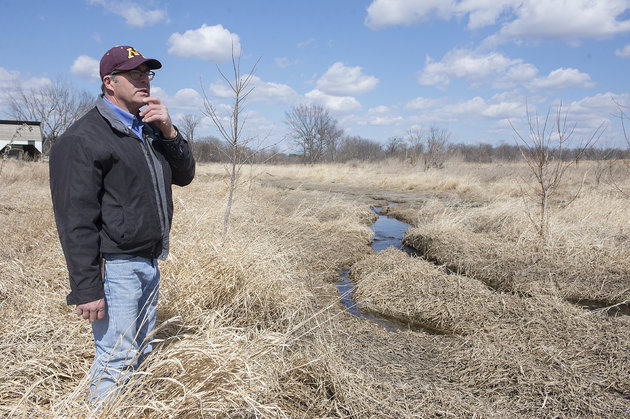NPR
“Late last year, an angler caught a smallmouth bass in the Susquehanna River near Duncannon, Pa. That fish, officials from the Pennsylvania Fish & Boat Commission said this week, had a malignant tumor. It’s the first time this type of tumor has been found on a smallmouth bass in the river, the agency says.
Cancerous growths and tumors on fish are “very, very infrequent,” John Arway, the agency’s executive director, said in an interview.
”These cancers can be initiated by contaminants,” he said.”
In addition to this story, more Information on the fish populations in the Susquehanna River is available here.





















